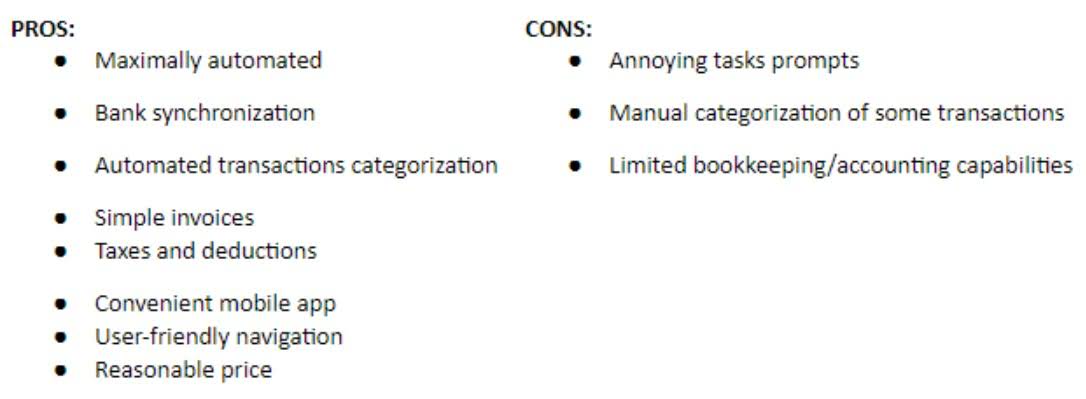
These will be all the expenses recognized in your account on the books that haven’t been paid yet. You’re “accruing” these expenses even though they haven’t physically been covered yet, as accrual happens at the end of some accounting periods. For example, the company ABC has the policy to make payments every two weeks of the work done to employees that have worked for more than one week. The wages of new employees who have started working and have worked less than one week will be accrued for the next payment period. To calculate the accrual amount, simply multiply your employee’s hourly wage by the number of unpaid hours.
Often, these atypically timed payments come from your accounts payable. You can still use the same line items described in your accounts payable. Income tax and accrued payroll taxes include federal and state income tax, as well as employer-paid payroll taxes.
Employee Transaction / List
To learn more about payroll and other employee topics, check out our resource hub. If you don’t have a trusty bookkeeper, accounting software can save you here. In this example, we’re going to look at the entries for payroll transactions for an employee named Sam. This helps you check you’ve paid your supplier, which should keep them happy and your relationship strong. Even if you have an accountant, it’s good to understand what goes into each entry so you know how to interpret your books. My employee Susie is paid $15 per hour and receives a paycheck every Monday for the previous week’s work.

A payroll journal entry includes employee wages, direct labor expenses, FICA expenses, payroll taxes, and holiday, vacation and sick days in the Debit section. The Credit section includes https://www.bookstime.com/ FICA taxes, state withholding taxes, federal withholding taxes, social security taxes, and Medicare taxes. Other items may be federal unemployment taxes and state unemployment taxes.
Don’t forget to reverse payroll accruals
We gave you some tips in prior steps to help check yourself along the way, but a payroll reconciliation is a more in-depth approach. The accrued payroll account houses any net payroll amounts (payable accrued payroll to employees) that have been expensed but have not yet been paid. Similar to accrued vacation pay, you’ll also need to keep track of the amount of sick pay an employee has earned on the books.
The accumulated salary will not include any bonuses, cash awards, or commissions that were given to employees right away. Even if the paychecks haven’t yet been issued, It’s a good idea to maintain a careful watch on the payroll costs that have accumulated during a pay period. By doing this, you will always be aware of the status of your payroll no matter what time of the month it is and you won’t be caught off guard by unforeseen costs in the future. When you actually go to deposit your tax payments, these payroll liabilities come off your books. If manual payments have already been made to employees, such as advances, then deduct these amounts from the remaining net pay. This may require input from the payables clerk, who is tracking the amount of these advances.
AccountingTools
This type of journal entry is used to ensure that all payroll amounts are accurately recorded in the company’s financial statements. Let’s continue with our example of the payroll for the hourly-paid employees. We’ll assume that the distributor’s accounting month and accounting year both end on Saturday, December 31.

Good payroll software will allow you to focus on other tasks while it does the dirty work behind the scenes making journal entries. Some companies expense part of the wages under cost of goods sold with an account called direct labor. For example, a construction company would expense all wages related to open jobs as “direct labor” and all wages related to overhead as “salaries and wages.”

